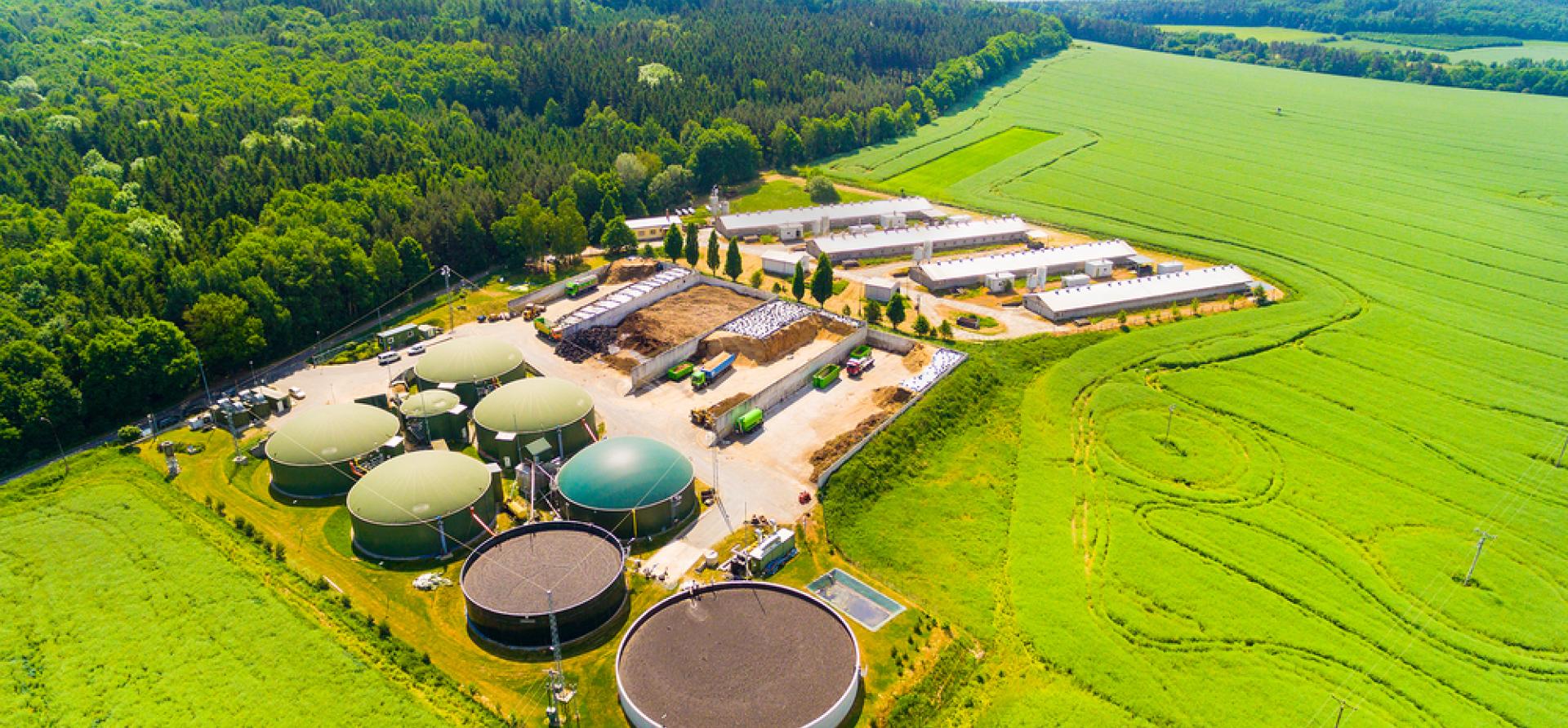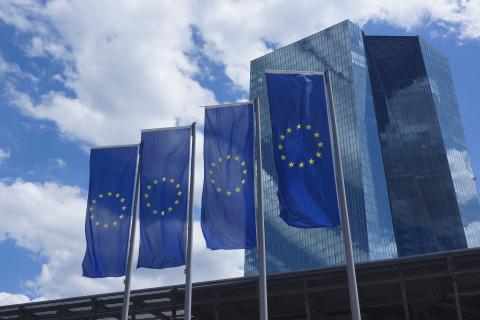Encouraging signs of development across India’s biogas value chain

Key Findings
Financial assistance, although limited, supported the midstream activities in the biogas value chain. Limited support for feedstock collection and aggregation and lack of policy clarity for biogas offtake impacted downstream and upstream levels.
Technology, finance and partnerships can help overcome the constraints in feedstock collection and processing for biogas. On the other hand, the mandatory blending of compressed biogas (CBG) in city gas distribution pipelines from 2025 is expected to increase uptake.
At the midstream level, private capital did not have much incentive to invest in the sector. But we are seeing some course corrections now with big players setting up CBG plants.
India’s interim budget for the financial year (FY) 2024-25 focused adequately on green energy, setting the stage for more to be offered in the full budget to be announced after the general elections later this year. For biogas, the government reaffirmed the mandatory blending of compressed biogas (CBG) in the city gas distribution network. It announced financial assistance of Rs1.5 billion for procuring biomass aggregation machinery to support feedstock collection.
This follows the government’s announcement of the PM-PRANAM scheme last year to promote organic fertilisers. While it allocated only Rs60 million for the scheme last year as initiation cost, the government set a total outlay of Rs1 billion in the interim budget.
This indicates that the government is looking to support biogas production across the value chain, from feedstock procurement to the offtake of the end product. We expect it to provide a major boost to the sector by giving out the right market signals.
Support across the value chain
Broadly, activities in the biogas value chain comprise upstream (feedstock collection, aggregation and processing), midstream (production) and downstream (distributing and purifying biogas and its by-products like organic fertilisers, marketing and usage). While the financial assistance provided by the central government and various departments supported the midstream activities, biogas use in the country could not take off due to a lack of policy clarity and support at the upstream and downstream levels.
Things are changing drastically now. With the government last year mandating CBG blending in city gas distribution (CGD) pipelines from 2025, the clean fuel’s uptake will likely increase. The lack of guaranteed offtake was one of the key reasons for the slow performance of the Sustainable Alternative Towards Affordable Transport (SATAT) scheme, which aimed to set up 5,000 CBG plants to provide cleaner and affordable transport fuel.
Targeting unique challenges
Challenges at different levels of the value chain vary. Gradually, the government is addressing these unique challenges. For example, some key issues in feedstock collection and processing are sourcing agro-residues at affordable prices, non-segregation of municipal solid waste, the uncertainty of long-term supply of industrial waste and the feedstock’s distributed nature.
Technology, finance and partnerships can help overcome these constraints. Notably, the government is looking at collaborating with the German government for technology transfer to process non-sugar-based feedstock like paddy straw and municipal solid waste. Additionally, the government has announced financial support for procuring biomass aggregation machinery to help in agro-residue collection. Segregation of municipal solid waste will require collaboration between urban local bodies and CBG plant operators, as seen in the case of Indore. Private participation, such as a partnership between Reliance Industries and DBS Bank to create a financing program for farmers and aggregators to manage crop residue, is encouraging.
At the midstream, financial assistance for setting up biogas plants was not enough. Private capital also did not have much incentive to invest in the sector. But we are seeing some course corrections.
Reliance Industries Limited has already committed to developing 100 CBG plants by 2030. Such plans by large conglomerates will help streamline the value chain. Additionally, public and private sector partnerships to build CBG plants also help nascent markets.
For example, Leafinti Bioenergy, a joint venture of GAIL India and TruAlt Bioenergy Limited, recently announced plans to establish 10 CBG plants. These will have an annual production capacity of over 33 million kgs of CBG, nearly 20 million kgs of Solid Fermented Organic Manure (SFOM) and over 30 million kgs of Liquid Fermented Organic Manure (LFOM). Similarly, Indian Oil Corporation Limited (IOCL) has forged joint ventures with EverEnviro Resource Management Pvt Ltd and GPS Renewables Pvt Ltd to establish CBG plants across the country.
Moreover, EverEnviro, operating a successful biogas plant in Indore, is looking at securing the first private equity (PE) funding in the CBG sector. This could be a game-changer for the biogas sector in India for market development. Globally, the sector does attract PE investments in several countries, such as in the United States (H.I.G Capital in Northern Biogas), the United Kingdom (Lazard Sustainable Private Infrastructure in DBE Energy) and Europe (Goldman Sachs’ establishes Verdalia Bioenergy, a new business focused on developing, acquiring, building and operating biomethane plants across Europe).
Bright future for biogas
The government is also implementing policies for improved marketing and use of biogas and its by-products. The most recent mandate of blending CBG in CGD from the next fiscal has already sent strong market signals. Last year, the government also announced a Market Development Assistance (MDA) scheme of Rs1,500 per tonne to support the marketing of organic fertilisers/slurry from biogas plants.
The mandate of CBG blending has encouraged downstream gas companies to invest in biogas production. Notably, Indraprastha Gas Limited (IGL), a city gas distribution company, has signed a Memorandum of Understanding (MOU) with four technology partners to set up 19 CBG plants across Delhi, Haryana, Rajasthan, and Uttar Pradesh to meet 5% of its natural gas needs.
Technology, finance and partnerships will form the backbone of the biogas value chain. Both the government and private players need to support the value chain. With the efforts in this regard already in motion, another push will develop the biogas market faster.
(This article was first published by ET EnergyWorld)











